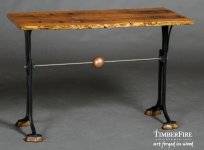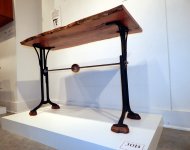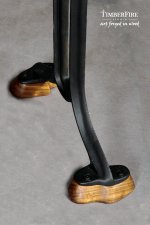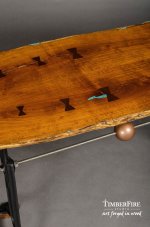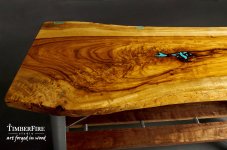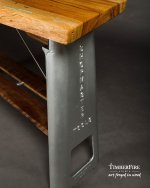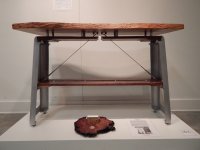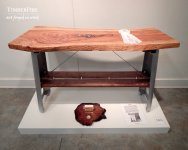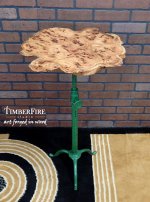This was our first time entering the Texas Furniture Makers Show which is a statewide competition featuring handcrafted pieces from the best custom furniture makers in Texas. It is held in a gallery setting at the Kerrville arts & cultural center and co-sponsored by the Texas Woodcraft stores. http://kacckerrville.com/texas-furniture-makers-show/
Every year the jury selects 50 to 60 pieces to exhibit from tons of entries. We had two pieces chosen of the 51 total for this year. Both won ribbons in the judging process and were praised for their design.
Our Festool sanders, routers, track saw, and domino were all used in the building process. Thank you Festool!
Every year the jury selects 50 to 60 pieces to exhibit from tons of entries. We had two pieces chosen of the 51 total for this year. Both won ribbons in the judging process and were praised for their design.
Our Festool sanders, routers, track saw, and domino were all used in the building process. Thank you Festool!


